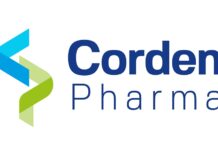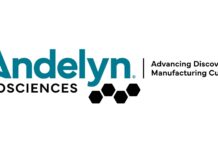Hepatocellular carcinoma (HCC), the most common form of liver cancer, carries a deadly reputation, and patients face shrinking hopes of new treatment options as drug trials hit problems, according to a new report by healthcare experts.
The new report states that HCC suffers a poor diagnosis rate, due to the disease’s symptoms tending to only emerge in the advanced stages of the disease. Disease awareness is also low due to a lack of public and professional understanding, with no mandatory screening guidelines even existing for HCC diagnosis. HCC treatment depends upon tumor size and location, and patient health, but around 75% of HCC patients are declared ineligible for curative surgical treatment due to poor liver function or advanced disease, and so alternate treatment options such as chemotherapy, ablation, and radiation therapy are vital.
Nexavar (sorafenib) is the only therapy currently approved to treat HCC in Europe and the US, and represents a new class of drugs that aim to improve upon standard chemotherapy drugs by specifically targeting cancer cells or their surrounding environment, while leaving normal cells unaffected, causing less damage to the patient. Nexavar works by hindering new blood vessel growth, thereby slowing tumor growth. Prior to Nexavar’s approval, various off-label chemotherapeutic agents were used as therapeutics, despite low effectiveness.
The HCC pipeline contains 80 molecules in total, as companies look to tap the virtually untouched HCC treatment market. However, most molecules are in early phases of development, years away from approval. Phase III contains molecules which may soon influence the competitive landscape, including Celsion’s ThermoDox, ImClone/Eli Lilly’s ramucirumab, Medigen/Progen’s muparfostat and Novartis’ Afinitor (everolimus), but late-stage trials are also suffering setbacks. Bristol-Myers Squibb’s (BMS’) promising molecule brivanib was declared ineffective in meeting its primary endpoint following recent late-stage clinical trials, and Pfizer recently discontinued a Phase III study of Sutent (sunitinib malate) as it failed to prove superior to Nexavar, and caused serious adverse effects.
Virus JX-594, originally used to make the smallpox vaccine, may represent the newest approach to the fight against cancer, as alterations have caused the virus to infect cancer cells, by causing them to die or make proteins that lead to them being attacked by the body’s immune system. However, encouraging results in Phase I trials still leave a long road ahead for the treatment to reach the market.
The liver cancer therapeutics market in the top seven markets (the US, the UK, Germany, France, Spain, Italy and Japan) grew at a Compound Annual Growth Rate (CAGR) of 21.7% during 2004-2011 to reach an estimated $374.3m. In the coming years, the market is forecast to show a slower but steady climb at a CAGR of 8.1% to reach $644.3m by 2018. Recent market growth has been driven by increasing annual costs of therapy, due to the approval of Nexavar in the US and Europe, and the anticipated launch of late-stage pipeline drugs is expected to continue this trend, with more advanced therapies demanding higher prices.




















